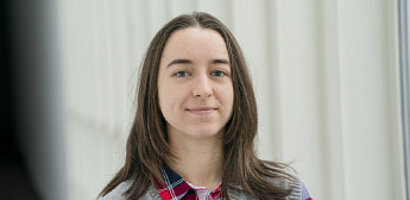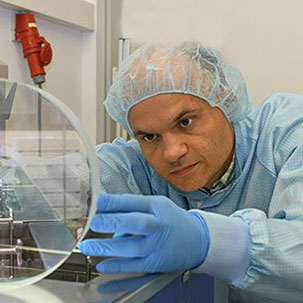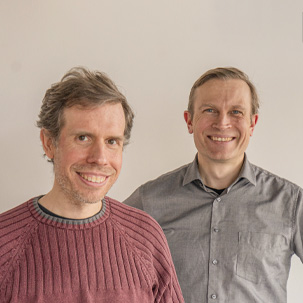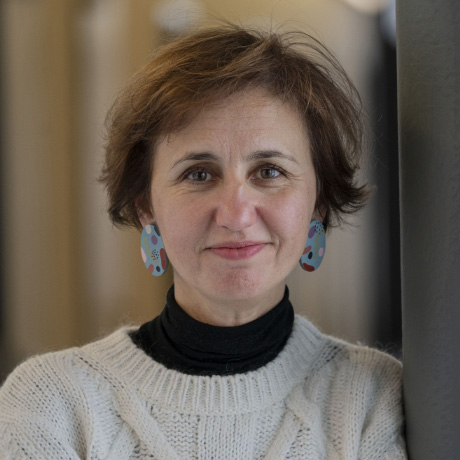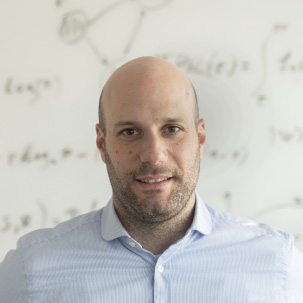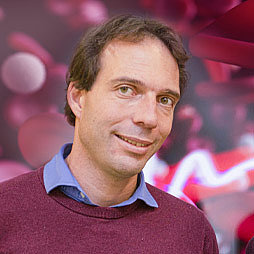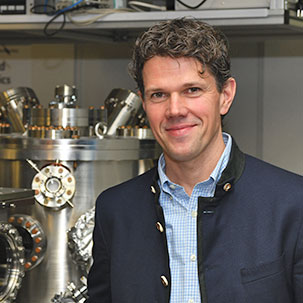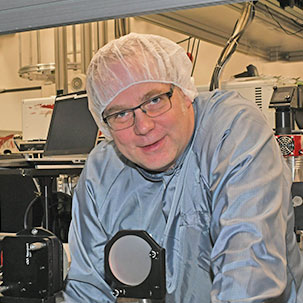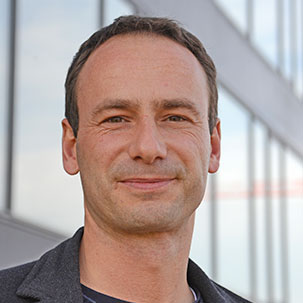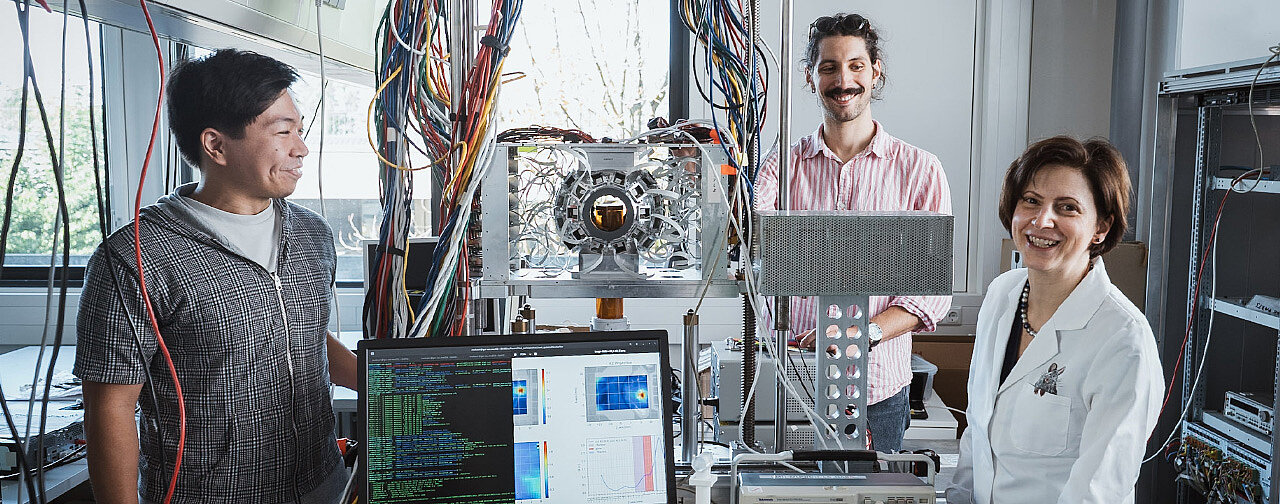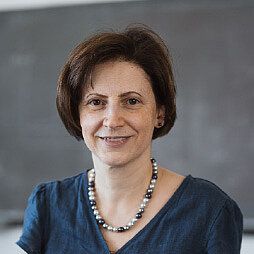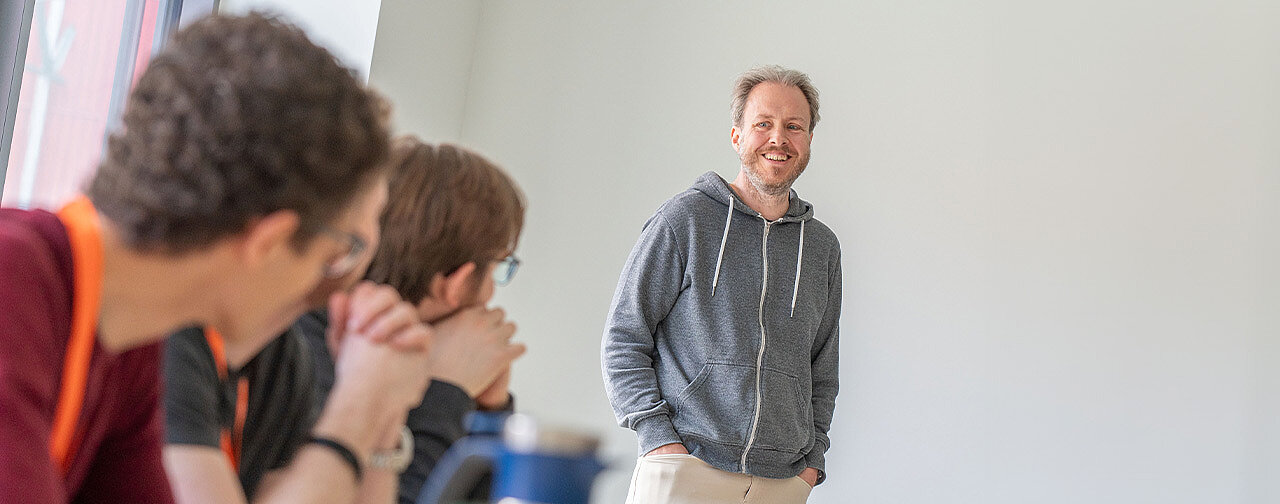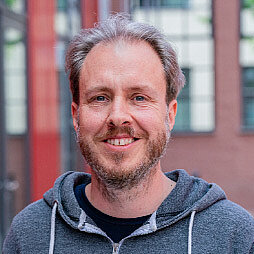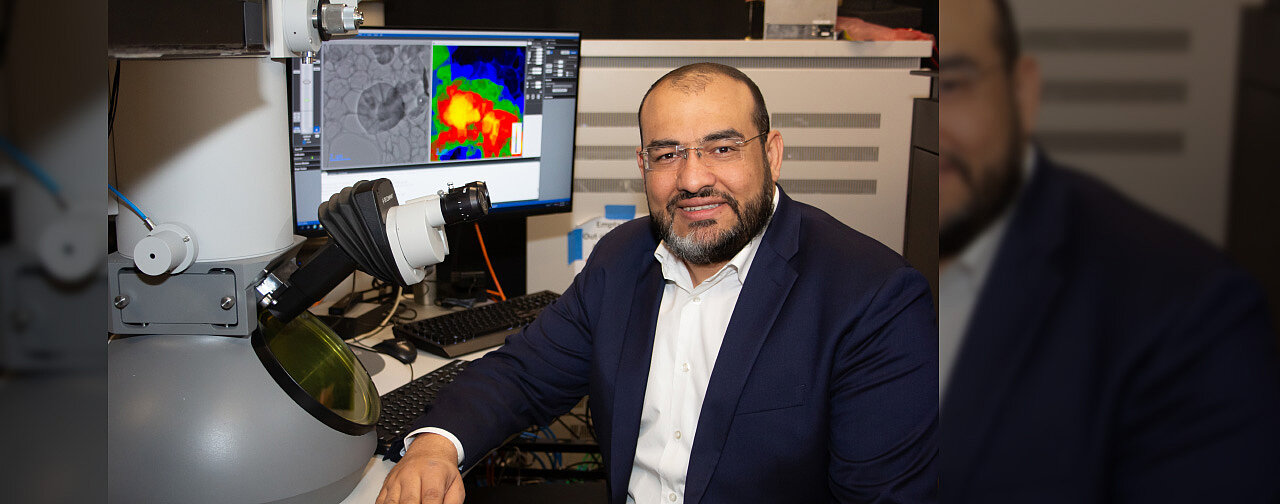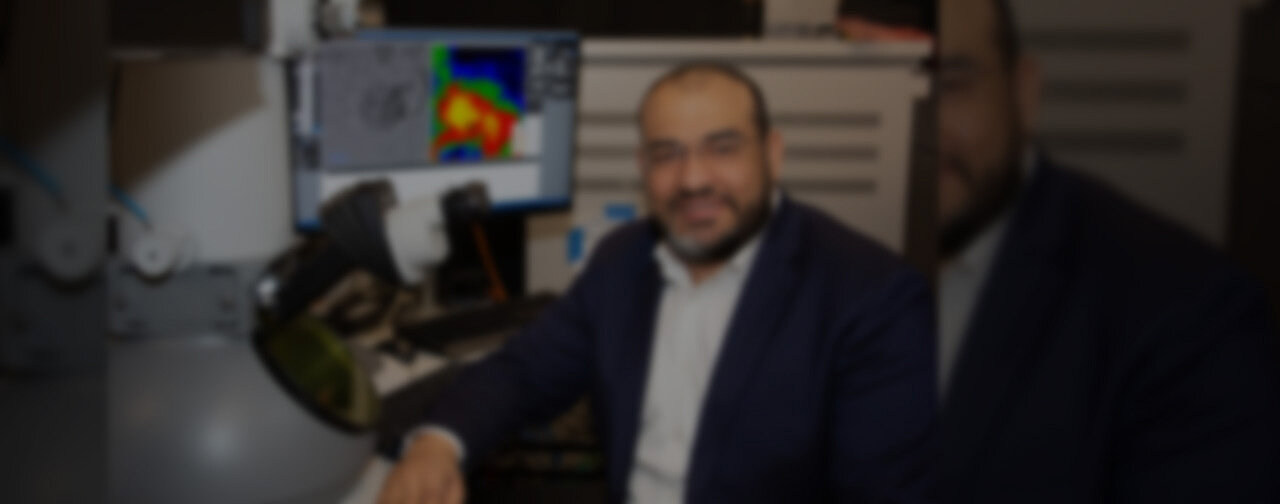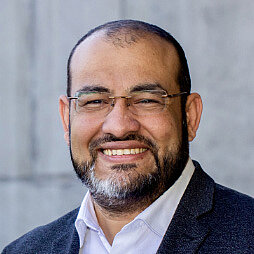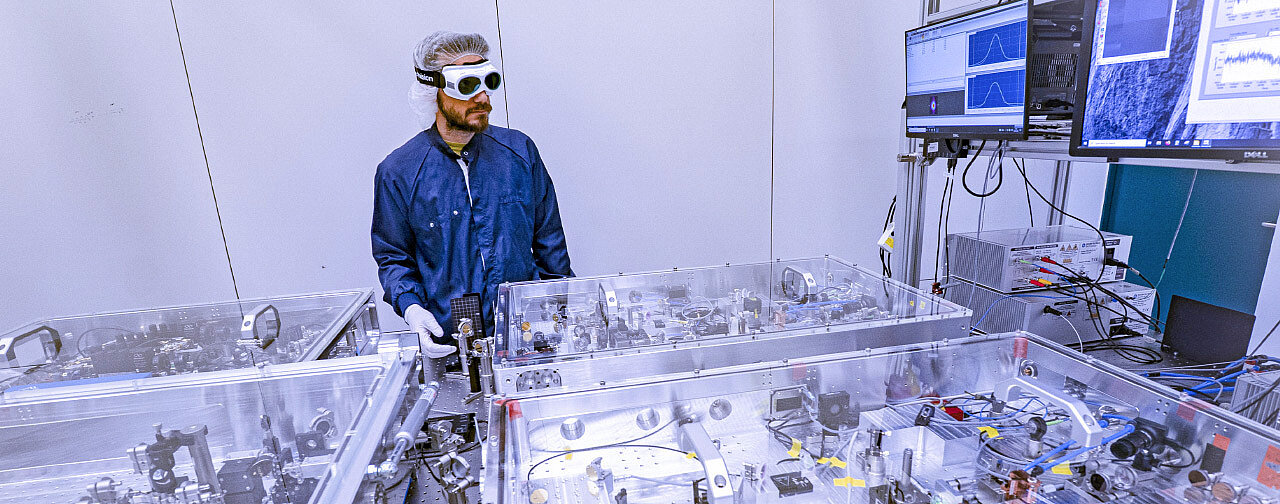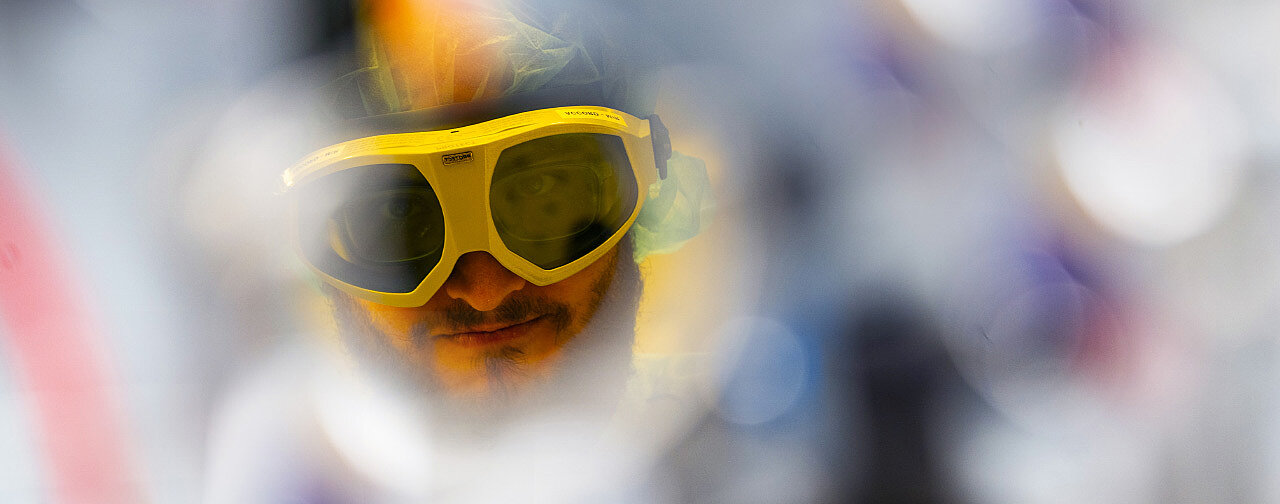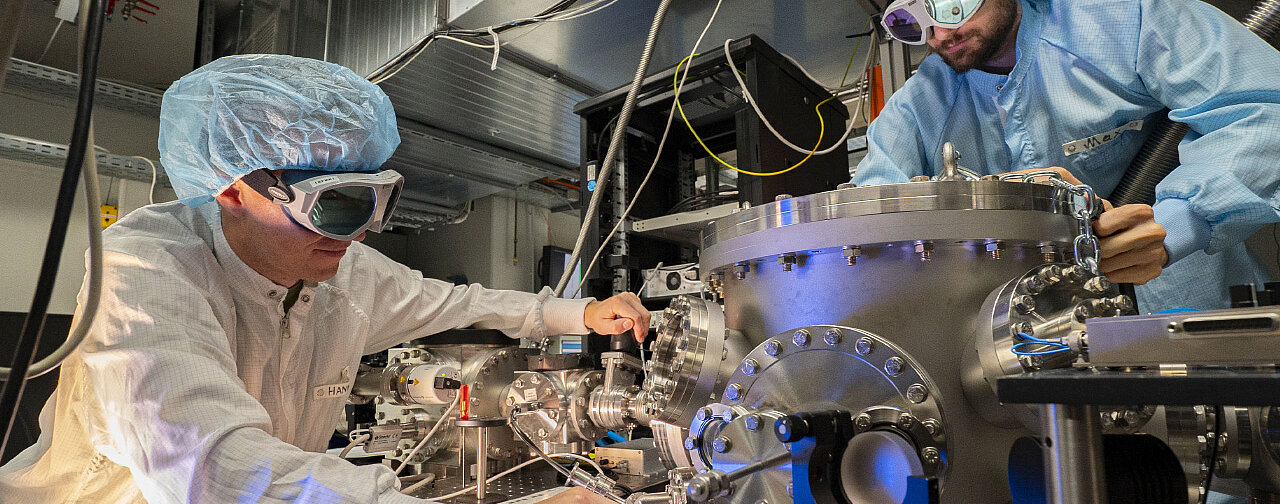ultrafast metrology
for shaping the future of healthcare
-






-

welcome Tauras!
-

welcome Fanni!
-

happy third of advent!
research groups
-
<>advanced multilayer optics (AMO)We aim at pushing the frontiers of designing, fabricating and characterizing multilayer optics for sub-cycle control of infrared-to-ultraviolet laser light.Volodymyr Pervak — The optical multilayer structures have been driving the advancement of ultrafast laser technology towards ever broader bandwidth and ever shorter pulses. Deposition of dielectric layers with sub-nanometer accuracy permits manipulation of the spectral phase and amplitude of optical radiation over a full octave and beyond. With the help of design, fabrication, and characterization techniques defining the state of the art, We develop optical multilayers for wide-band light waveform synthesis all the way from the infrared to the ultraviolet.Volodymyr Pervak — The optical multilayer structures have been driving the advancement of ultrafast laser technology towards ever broader bandwidth and ever shorter pulses. Deposition of dielectric layers with sub-nanometer accuracy permits manipulation of the spectral phase and amplitude of optical radiation over a full octave and beyond. With the help of design, fabrication, and characterization techniques defining the state of the art, We develop optical multilayers for wide-band light waveform synthesis all the way from the infrared to the ultraviolet.WEBPAGE
-
<>attosecond spectroscopy 2.0 (ATTO 2.0)Controlling and measuring ever faster electron dynamics with ever better accuracy is going to have applications across multiple disciplines.Nicholas Karpowicz and Vladislav Yakovlev — Attosecond science expanded our access to the microcosm. One exciting result is the possibility to craft a sub-femtosecond gate, allowing snapshots of the electromagnetic field faster than it can oscillate. We can directly record the waveform of light. Why is that exciting? When an electron moves, its motion is inscribed into the electromagnetic field – reading the waveform lets us reconstruct it. We can use this to observe processes that are too fast for traditional pump-probe spectroscopy.Nicholas Karpowicz and Vladislav Yakovlev — Attosecond science expanded our access to the microcosm. One exciting result is the possibility to craft a sub-femtosecond gate, allowing snapshots of the electromagnetic field faster than it can oscillate. We can directly record the waveform of light. Why is that exciting? When an electron moves, its motion is inscribed into the electromagnetic field – reading the waveform lets us reconstruct it. We can use this to observe processes that are too fast for traditional pump-probe spectroscopy.WEBPAGE
-
<>broadband infrared diagnosticsWithin the vanguard of probing living systems, we develop electric field molecular fingerprinting for detecting human disease.Mihaela Žigman — As the molecular composition of living systems underlies their physiology, simultaneous probing of multi-molecular changes in complex organic media has the potential to phenotype any living system. Capitalizing on the femtosecond field-resolving metrologies, we devise electric-field molecular fingerprinting (EMF) as a new, high-throughput analytical technique. Through comprehensive clinical and molecular studies, we harness the power of EMF and data analytics to pave the way for a new era of medical probing.Mihaela Žigman — As the molecular composition of living systems underlies their physiology, simultaneous probing of multi-molecular changes in complex organic media has the potential to phenotype any living system. Capitalizing on the femtosecond field-resolving metrologies, we devise electric-field molecular fingerprinting (EMF) as a new, high-throughput analytical technique. Through comprehensive clinical and molecular studies, we harness the power of EMF and data analytics to pave the way for a new era of medical probing.WEBPAGE
-
<>data science (DATA)Artificial intelligence has the potential to change scientific research as we know it.Kosmas Kepesidis — We explore the extent to which medical information acquired from photonic data can be utilized in medical diagnostics, personalized health monitoring, and life sciences. Specifically, we investigate relevant procedures for experimental and study design as well as data preprocessing and combine these procedures with ideas from medical statistics and machine learning methods in appropriate data-science pipelines.Kosmas Kepesidis — We explore the extent to which medical information acquired from photonic data can be utilized in medical diagnostics, personalized health monitoring, and life sciences. Specifically, we investigate relevant procedures for experimental and study design as well as data preprocessing and combine these procedures with ideas from medical statistics and machine learning methods in appropriate data-science pipelines.WEBPAGE
-
<>field-resolved infrared spectroscopy (FRIS)We combine laser development with engineering to develop new instruments for future health monitoring with field-resolved infrared spectroscopy.Alexander Weigel — Field-resolved spectroscopy can capture the vibrational response of a molecular sample to excitation with a few-cycle mid-infrared pulse, directly in time domain, providing a sensitive fingerprint of the molecular composition and structure of the sample. We develop new waveform-stable few- to single-cycle infrared laser sources, together with high-dynamic-range field-resolved infrared metrology. Our instruments are the basis for future health monitoring based on infrared molecular fingerprinting, developed in close collaboration with the Center for Molecular FingerprintingAlexander Weigel — Field-resolved spectroscopy can capture the vibrational response of a molecular sample to excitation with a few-cycle mid-infrared pulse, directly in time domain, providing a sensitive fingerprint of the molecular composition and structure of the sample. We develop new waveform-stable few- to single-cycle infrared laser sources, together with high-dynamic-range field-resolved infrared metrology. Our instruments are the basis for future health monitoring based on infrared molecular fingerprinting, developed in close collaboration with the Center for Molecular FingerprintingWEBPAGE
associated groups
-
<>field-resolved nano spectroscopyWe push both experimental and theoretical development in ultrafast many-body physics. This combination provides a stimulating environment for students and postdocs.Matthias kling — We develop and apply optical field sampling metrology on the nanoscale for resolving ultrafast processes in molecules and nanosystemson atto- to femtosecond timescales. Our fundamental experimental and theoretical research aims at facilitating novel lightwave electronics devices, uncovering and tailoring light-induced nanocatalysis, and exploring field-resolved bio-medical micro-spectroscopy.Matthias kling — We develop and apply optical field sampling metrology on the nanoscale for resolving ultrafast processes in molecules and nanosystemson atto- to femtosecond timescales. Our fundamental experimental and theoretical research aims at facilitating novel lightwave electronics devices, uncovering and tailoring light-induced nanocatalysis, and exploring field-resolved bio-medical micro-spectroscopy.Website
-
<>high-field lasers and applicationsDiscovery on the smallest scales requires the most accurate tools - such as novel ultrabright particle and X-ray sources.Stefan karsch — Our group focuses on developing state-of the art ultraintense solid-state lasers and applying them to drive energetic particle and photon sources. We operate the ATLAS Ti:Sa high-intensity laser, and currently upgrade it to deliver 25 fs, 60J, 2.5 PW pulses to serve as the backbone for CALA activities in particle acceleration, high-field and medical physics.Stefan karsch — Our group focuses on developing state-of the art ultraintense solid-state lasers and applying them to drive energetic particle and photon sources. We operate the ATLAS Ti:Sa high-intensity laser, and currently upgrade it to deliver 25 fs, 60J, 2.5 PW pulses to serve as the backbone for CALA activities in particle acceleration, high-field and medical physics.Website
-
<>laser ion accelerationLaser particle acceleration will enable novel insights in radiation chemistry, biology, and ultimately therapy.Jörg schreiber — Laser-driven ion beams bare high potential for fundamental and societal applications, such as ion beam therapy, because the accelerating field structures are microscopic. This may promise accelerators that are more compact in the future. Even more exciting and readily at hand are numerous new possibilities for exploring the interaction of fast particles with living and non-living matter using the unprecedented spatial and temporal resolution; exciting times for applied laser-plasma acceleration.Jörg schreiber — Laser-driven ion beams bare high potential for fundamental and societal applications, such as ion beam therapy, because the accelerating field structures are microscopic. This may promise accelerators that are more compact in the future. Even more exciting and readily at hand are numerous new possibilities for exploring the interaction of fast particles with living and non-living matter using the unprecedented spatial and temporal resolution; exciting times for applied laser-plasma acceleration.Website

